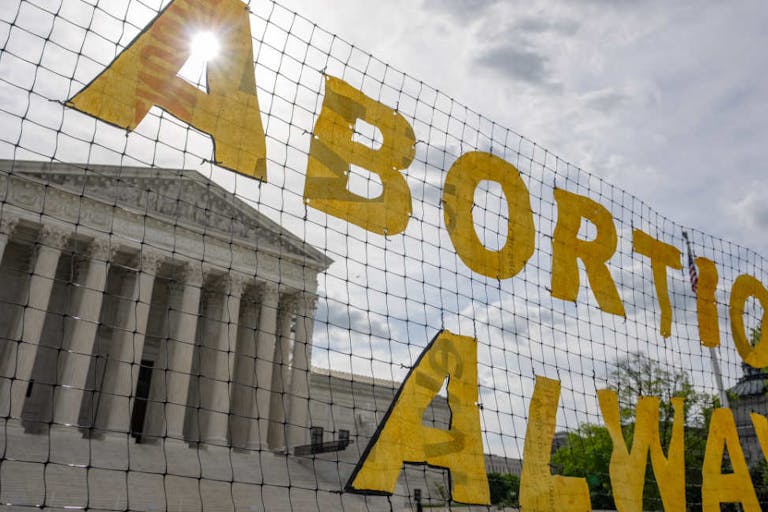
A growing number of Americans call themselves ‘pro-choice’ – but what’s really behind it?
Nancy Flanders
·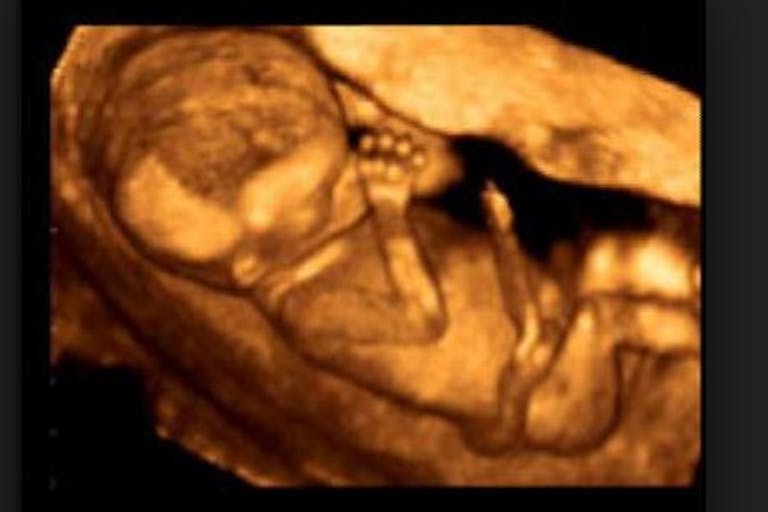
Pro-choicer attempts objectivity in interview with pro-lifer
One of the most frustrating things about dialogue between pro-lifers and pro-choicers is that only one side truly understands where the other is coming from. We can fully understand that support for abortion (among the non-extremists, at least) is rooted in a reluctance to not force women to undergo something perceived to be needless (because they erroneously believe the fetus isn’t alive), but pro-choicers rarely acknowledge compassion for preborn children as our driving force, instead constantly insisting we simply hate women.
At Refinery29, Kelsey Miller has what seems to be a rare pro-choice effort to actually understand pro-lifers, in the form of an extended ride-along and discussion with Students for Life coordinator Emily Wilkinson.
It contains a number of revelations that the truth is more complicated than pro-aborts would like, which will hopefully push some of the site’s more moderate readers to reassess their own assumptions—for instance, she acknowledges the problems with Planned Parenthood’s “abortions are only 3% of what we do” lie and the counter-argument to the belief that more contraception would reduce abortion rates, and admits that we don’t call abortion murder “for dramatic effect; that’s simply what they see.”
But Miller also unintentionally illustrates several ways that even more reasonable pro-choicers are avoiding the fundamental questions about their position.
Many people, particularly within the generation born after Roe v. Wade, still associate the anti-abortion movement with screeching protesters, the murders of doctors who performed procedures, and, more recently, the firebombing of clinics in Washington state and California. Certainly, that’s how I saw it, until I met Wilkinson.
This is more telling than Miller lets on. To the extent that any meaningful slice of the mainstream primarily associates pro-lifers with the tiny, isolated fringe of violent actors, it’s not because our movement is violent; it’s because pro-aborts are constantly (and hypocritically) defaming us as such. To admit you associate a viewpoint held by at least half the country with such evil is to admit your view of the subject has been shaped almost entirely by extremists. People who haven’t been sheltered from intellectual diversity aren’t surprised that people who disagree aren’t cartoon characters upon meeting one.
“I think that it’s just that the truth is coming out. So many people have experienced it and been hurt by it that they want to do something about it.”
The research might counter her on that point, but I’m not here to debate but rather to listen and learn (and bite my tongue, if only for a day).
The research actually doesn’t counter Wilkinson’s claim. In July, for instance, Live Action examined the much-trumpeted Turnaway study claiming 95% of women who had abortions were happy about it and found not only severe author bias and methodological flaws, but a broader range of research documenting a great many forms of psychological suffering linked to abortion.
But there is no talk of shame or murder in this room [on campus at Cal State, Northridge], no condemnation. Instead, Wilkinson urges the need to create a supportive environment for the student who finds herself pregnant […] This, I realize, is the secret weapon of the anti-abortion movement that doesn’t end up in the news: empathy.
How is this a secret? Certainly not because pro-lifers tried to keep it one; we’re constantly talking about and providing support for pregnant women—so much so, ironically, that pro-aborts attack us for it. By agreeing that our work “doesn’t end up in the news,” Miller has essentially provided a pro-choice confirmation that the news is biased against us. Thanks!
“Some state legislator got up and spoke, and my mom told me to cover my ears,” [Wilkinson] says [recounting attending a pro-life rally as a child]. “Of course, I didn’t cover my ears. And he described a partial-birth abortion. [Ed. note: This procedure is known in the medical community as an intact dilatation and extraction and is recommended in rare circumstances.] [Ed. note in the original]
Miller is veering close to the complaint that “partial-birth abortion” is somehow a medically inaccurate term, which is nonsense because as the National Abortion Federation’s own description makes clear, it entails partially delivering—birthing—a baby. (It’s also illegal except for cases where it’s allegedly necessary to save the mother’s life; on that point, see below.)
In July, an anti-abortion group released a series of hidden-camera videos that purported to show Planned Parenthood employees making arrangements to illegally sell aborted fetal tissue to medical labs. The videos were widely criticized for having been deceptively edited, but Planned Parenthood critics in Congress jumped on them as ammo to withdraw the group’s federal funding.
For what should but insufferably won’t be the last time: no, the videos weren’t deceptively edited. Also note that, per the established custom, no actual deceptive edits are specified.
Personhood — the moment at which a human becomes a human (with human rights) — is the lens through which you have to look to understand anything and everything about the anti-abortion movement […] Of course, there’s no unified consensus on personhood — and that’s what makes it such a powerful tool for the anti-abortion movement. During campus campaigns, Students for Life groups often put up posters with photographs of human development from conception to adulthood that ask: “When Should Human Rights Begin?” They ask people walking by to put Post-Its on whichever stage they choose. It’s a powerful question, instantly forcing passersby to challenge their own beliefs. The personhood question has no easy answer — and that’s why Wilkinson asks it.
Miller comes so close to facing the ultimate abortion question… yet injects juuuuust enough ambiguity to dodge answering it. Pro-lifers don’t push personhood because it’s unanswerable; that would be foolishly self-defeating. What we contend, and what Miller doesn’t discuss, is that everyone’s status as a live human from conception on is easily, clearly, and incontrovertibly answered because science has conclusively settled the question for us. You can only pretend otherwise by asserting that “personhood” is somehow a separate concept from humanity—which pro-lifers don’t, Kelsey.
“There’s never a medical condition that a woman would be in where, in order make her better, you need to give her an abortion. That just doesn’t exist.” From a practical perspective, this is patently untrue, given that pregnancy itself is not without risk even to healthy women, and certainly to those with preexisting conditions. In 2012, the American College of Obstetricians and Gynecologists responded to this common anti-abortion argument, stating that “abortions are necessary in a number of circumstances to save the life of a woman or to preserve her health.”
Unfortunately, the ACOG is not an impartial, credible authority on the subject. Back when the body was formulating its position on partial-birth abortion in the 1990s, the task force assigned to the question originally “could identify no circumstances under which this procedure . . . would be the only option to save the life or preserve the health of the woman.” It was not medical professionals but future Supreme Court Justice Elena Kagan, then a Clinton Administration official, who drafted a statement that it “may be the best or most appropriate procedure in a particular circumstance to save the life or preserve the health of a woman,” which was added into the final ACOG statement.
Because of her work, [Wilkinson] is familiar with rape in ways that many of us are not. She’s watched friends go through with pregnancies after sexual assault, and she has peers who were themselves conceived in rape. It’s worth noting this context, for her ultimate answer is not a casual brush-off but the one she truly believes is the most sympathetic.
Credit where credit is due: this is a far more honest, fair, and empathetic treatment of pro-lifers and rape than we’re used to.
If I could muster up the radical compassion with which Wilkinson approaches her own opponents, I’d say she’s fighting for the utopia I’d imagined earlier that day, where no pregnancy is unwanted or unsafe. But, no matter what she’s fighting for, she’s leaving raped and pregnant children among the casualties. In that moment, I felt my own assuredness return more firmly than before.
And in this moment, readers feel their hope that the author was on the verge of a turning point sour. Wilkinson is fully upfront about the cost of being pro-life even in the hard cases. She doesn’t hide from the fact being raped and pregnant as a result or enduring pregnancy as a child are hardships, but holds firm in her contention that abortion is ultimately the greater harm.
Compare that with Miller’s approach—acknowledging personhood as an abstract argument, but keeping it at arms’ length. She refuses to admit that her position has casualties too—or that in abortion’s case, “casualty” is literal—and therefore cannot put forth her own case for why mother should outweigh child.
That is why one of her closing statements—“Conversations like this are what turn belief into conviction, forcing you to look at what you hold to be true, and why”—is even more true than she knows. Miller’s convictions may feel firm now, but she still has yet to fully face her own assumed truth. Hopefully she will as these conversations continue.
Live Action News is pro-life news and commentary from a pro-life perspective.
Contact editor@liveaction.org for questions, corrections, or if you are seeking permission to reprint any Live Action News content.
Guest Articles: To submit a guest article to Live Action News, email editor@liveaction.org with an attached Word document of 800-1000 words. Please also attach any photos relevant to your submission if applicable. If your submission is accepted for publication, you will be notified within three weeks. Guest articles are not compensated (see our Open License Agreement). Thank you for your interest in Live Action News!

Nancy Flanders
·
Opinion
Hector O. Chapa, M.D.
·
Analysis
Cassy Cooke
·
Guest Column
Hector O. Chapa, M.D.
·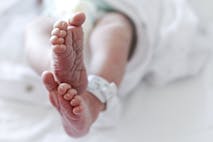
Opinion
Mark Wiltz
·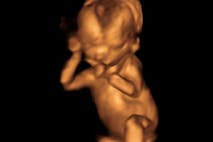
Guest Column
Hector O. Chapa, M.D.
·
Guest Column
Calvin Freiburger
·
Abortion Pill Reversal
Calvin Freiburger
·
Guest Column
Calvin Freiburger
·
Abortion Pill Reversal
Calvin Freiburger
·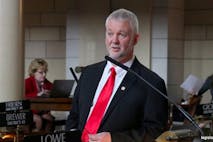
Activism
Calvin Freiburger
·